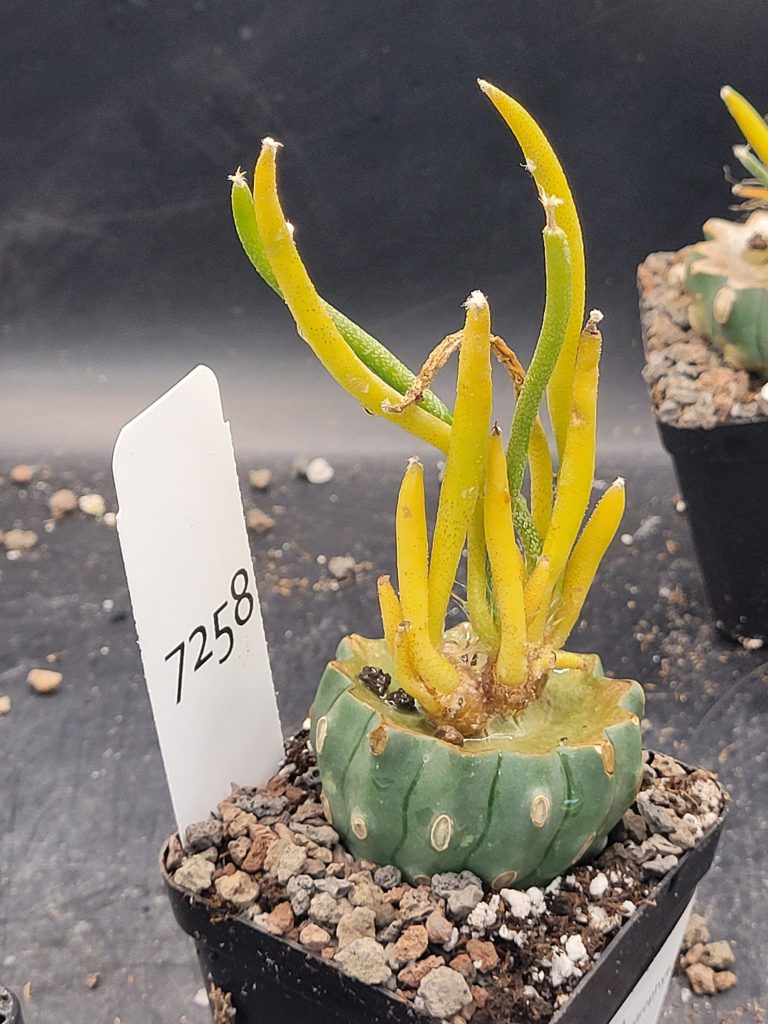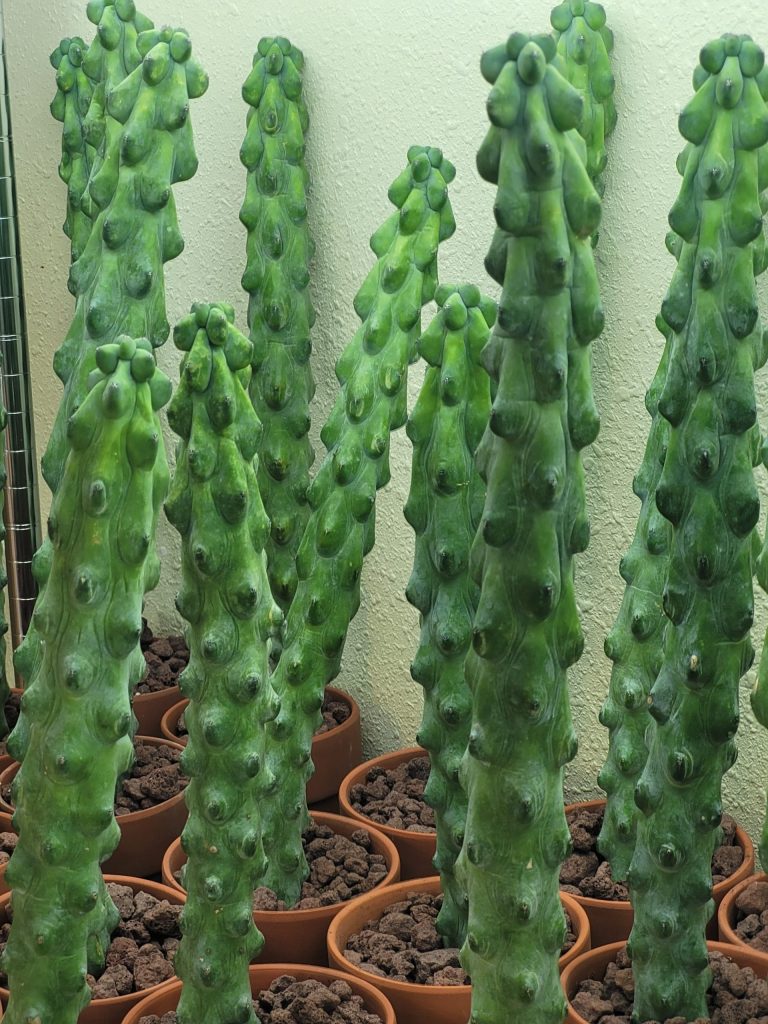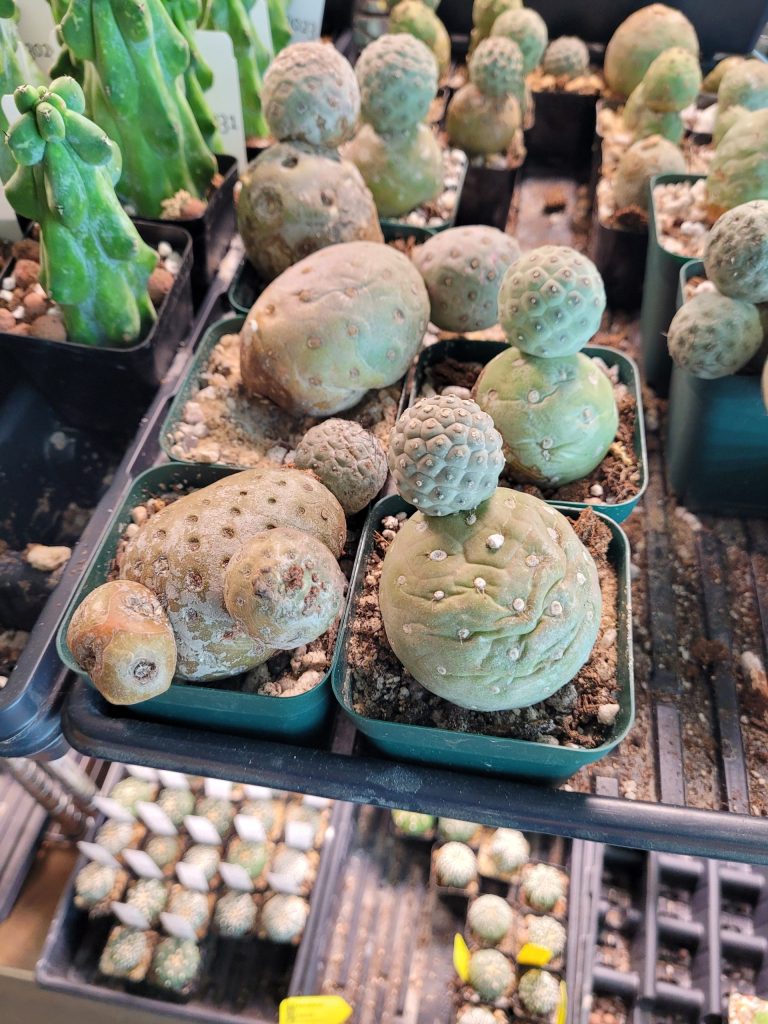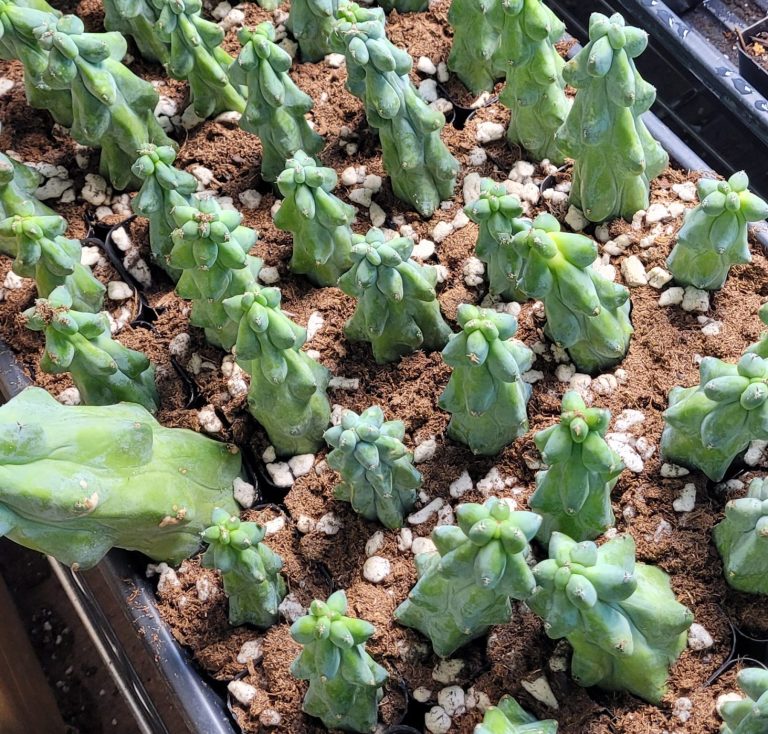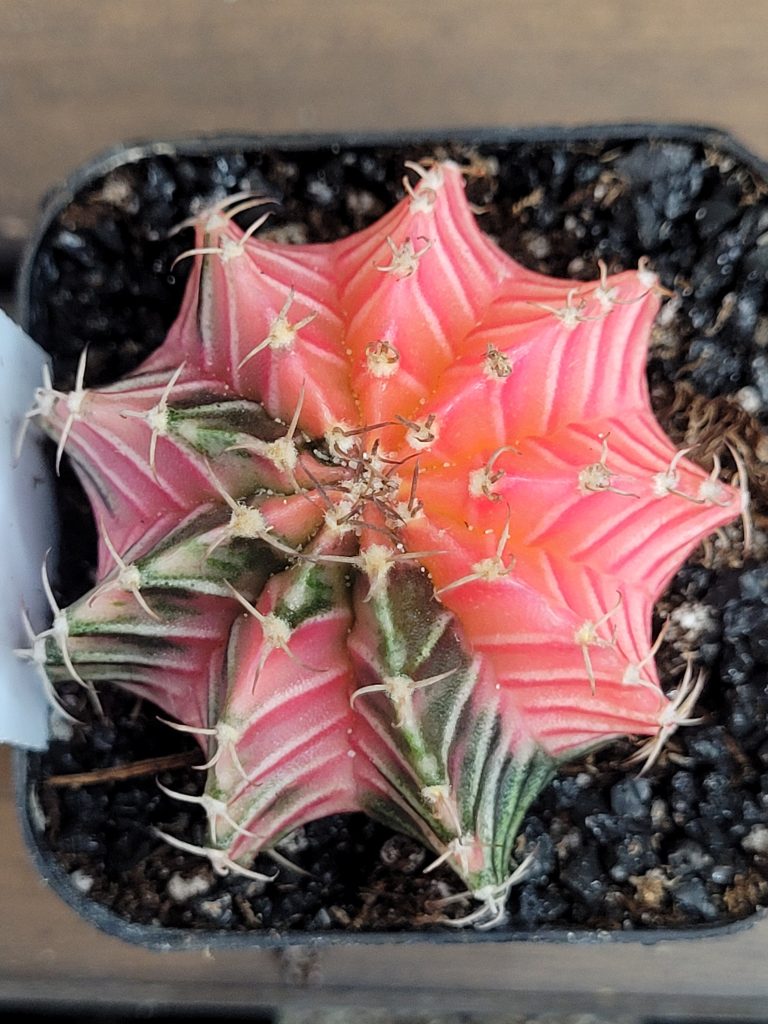Looking for a succulent that breaks all the rules when it comes to appearance? Pseudolithos McCoyi might be just the plant you need. With its compact, rock-like form and almost otherworldly texture, this unusual species is sure to turn heads. Despite its exotic looks, it follows many of the same basic care principles as other desert-adapted succulents—making it surprisingly approachable for devoted collectors and curious beginners alike. Below, we’ll delve into what makes Pseudolithos McCoyi so fascinating, along with tips on how to help it thrive in your home or greenhouse.
1. Understanding Pseudolithos McCoyi
Unique Appearance:
Pseudolithos McCoyi is revered for its highly textured, cube-like or dome-shaped body. Often compared to a living stone, its surface can display a mottled or dimpled pattern in hues of greenish-gray or brown, allowing it to blend seamlessly into rocky surroundings in its native habitat.
Slow and Steady Growth:
This species grows slowly and typically stays quite small, making it a perfect contender for a sunny windowsill or a dedicated cactus-succulent shelf. Watching it evolve from a tiny pebble-like seedling into a mature, alien-esque wonder is incredibly rewarding.
Native Habitat:
Pseudolithos McCoyi hails from arid regions, where it absorbs sparse rainfall and tolerates harsh sunlight. Understanding these natural conditions is key to providing the proper care.
2. Care Guide
A. Light Requirements
- Bright, Indirect Light: Pseudolithos McCoyi thrives under bright, filtered sunlight. An east or west-facing window typically works well. If you notice the plant stretching or fading in color, it might need a bit more sun. Conversely, yellowing or scorched patches suggest too much direct light.
- Gradual Adjustment: If you plan to move it to a brighter spot or outdoors for more intense sunlight, do so gradually over a week or two to prevent shock.
B. Watering
- Sparingly & Infrequently: Overwatering is the biggest threat. During warm months (spring and summer), allow the soil to dry completely between waterings—about every 2–4 weeks, depending on your environment’s humidity and temperature.
- Reduced Water in Cooler Months: In fall and winter, water minimally or even not at all, as the plant enters a slower growth phase and is highly susceptible to rot if moisture lingers.
- Observation is Key: Watch the plant’s surface. A slight wrinkling can indicate it’s time for a small drink, while any persistent softness or dark spots could signal overwatering.
C. Soil & Potting
- Well-Draining Mix: A specialized cactus or succulent potting mix is a must. You can create your own by blending a standard potting soil with generous amounts of perlite, pumice, or coarse sand (around a 1:1:1 ratio) to ensure quick drainage.
- Snug Pot: Pseudolithos McCoyi doesn’t mind being somewhat root-bound. However, ensure your pot has drainage holes to let excess water escape. Clay or terracotta pots help wick away moisture, reducing the risk of rot.
D. Temperature & Humidity
- Warm & Dry: This species fares best in temperatures between 70°F and 90°F (21°C–32°C). Keep it indoors if your region experiences cold winters, since temperatures below 50°F (10°C) can harm the plant.
- Low Humidity: Adapted to arid conditions, Pseudolithos McCoyi appreciates low to moderate humidity. If you live in a humid climate, place the plant near a fan or in a well-ventilated area to facilitate air circulation.
E. Fertilizing
- Light Feeding: During the active growing season (spring and summer), use a diluted, balanced succulent or cactus fertilizer once a month or every other month. Avoid fertilizing during fall and winter, when growth naturally slows.
- Avoid Over-Fertilizing: Too many nutrients can lead to unnatural, leggy growth or even damage the plant’s sensitive root system.
F. Repotting
- Infrequent: Given its slow growth, you won’t need to repot often—every 2–3 years should suffice, or when the roots visibly outgrow their container.
- Handle Gently: The plant’s surface is somewhat fragile. Carefully remove old soil and re-pot with minimal disturbance to the roots. Wait about a week before watering after repotting.
3. Common Challenges & Tips
- Root Rot: The top issue for Pseudolithos McCoyi usually arises from too much moisture. Always err on the side of underwatering rather than overwatering.
- Pest Management: Mealybugs or spider mites can occasionally appear, especially if nearby plants are infested. Inspect regularly and treat with insecticidal soap or neem oil at the first sign of trouble.
- Sun Scorch: If your plant suddenly receives intense direct sunlight for many hours, you may see burns on its surface. Introduce brighter light in gradual increments to avoid stress.
4. Why Add Pseudolithos McCoyi to Your Collection?
If you’re a fan of unconventional succulents—particularly those that blur the lines between plant and mineral—Pseudolithos McCoyi is sure to captivate you. Its interesting texture, compact size, and low-maintenance nature make it an ideal pick for collectors who want something unusual without the hassle of complicated care routines. Over time, you’ll develop an even greater appreciation for this plant’s gradual transformations, savoring each subtle change in shape or color.
Conclusion
Pseudolithos McCoyi adds an otherworldly flair to any indoor succulent display, combining a “living stone” appearance with straightforward care requirements. Provide warm conditions, bright indirect light, minimal yet attentive watering, and well-draining soil, and you’ll be rewarded with a fascinating, low-maintenance companion. Ready to embrace the strange and wonderful? Bring home a Pseudolithos McCoyi and relish the delight of nurturing one of nature’s desert oddities.


